Flooding: Looking back on the 1990 Towyn devastation
- Published
Hundreds of homes and caravans were destroyed by floodwater
Wales has been battered by two storms in a row this month, Storm Ciara and then Storm Dennis.
Rivers such as the Taff and Wye reached record levels and burst their banks.
This February is on course to be one of the wettest on record.
Severe flooding in parts of south Wales was the worst in living memory.
But on this day 30 years ago, Towyn on the north Wales coast was devastated by the sea.
'Overwhelmed'
The combination of strong onshore winds, low pressure and spring tides caused severe flooding and damage.
North-westerly gales and a deep low pressure raised the sea level by 1.5m (4.9ft), creating a storm surge in the Irish Sea.
This surge, combined with a high tide and large waves, overwhelmed the sea defences.
The worst affected area was the coastal stretch from Pensarn to Kinmel Bay.
In Towyn, the sea breached a railway embankment and hundreds of tonnes of sea-water rushed through the streets flooding hundreds of homes and caravans.
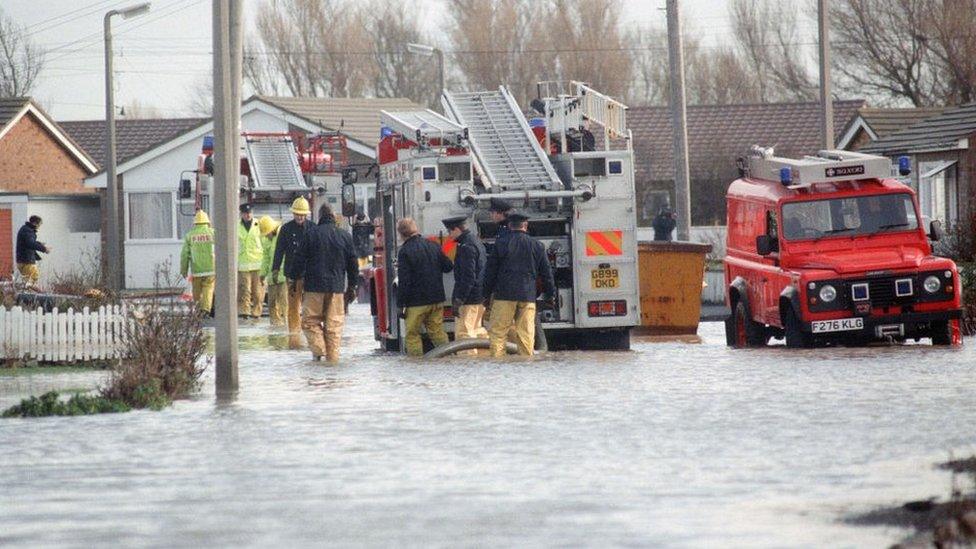
About 5,000 people had to be evacuated in the 1990 floods
The flooding happened without warning and people stranded in their homes by the floods had to be rescued.
About 5,000 people had to be evacuated and most could not return home for months afterwards.
Others had to wait years to move back into their properties.
Experts believe that this was a one in a 500 to 1,000 year event and the town took a number of years to fully recover from the devastation.
Elsewhere, the severe gales caused structural damage, uprooted trees and claimed the lives of 14 people across the UK.
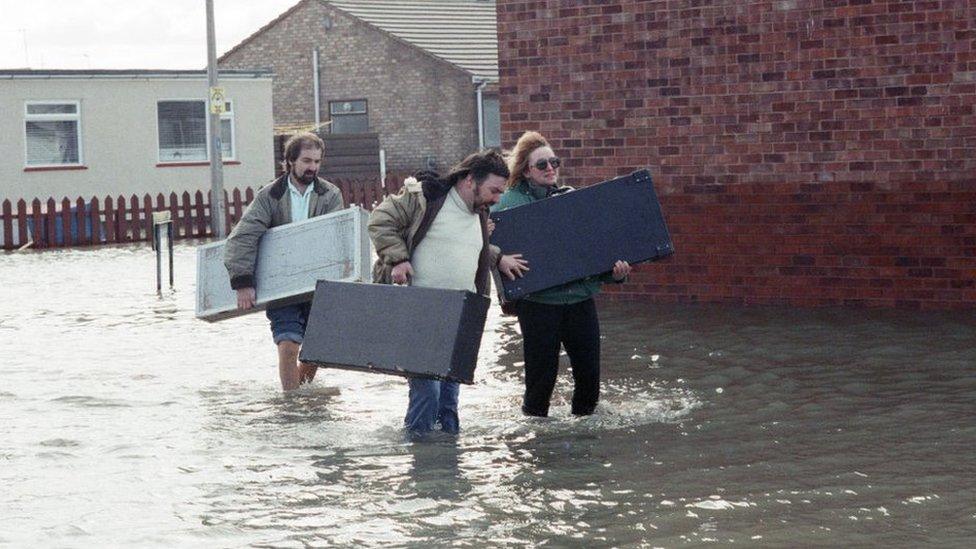
The flooding in Towyn happened without warning
The London Euston to Holyhead railway line was also closed due to flooding.
Since 1990, sea defences along the north Wales coast have been strengthened but surges remain a threat, as complete protection against the most extreme weather can never be guaranteed.
The risk of coastal flooding may increase again in the future due to climate change and rising sea levels.
But the likelihood of being taken by surprise is much lower than it was with improvements in weather and coastal flood forecasting in recent years.
- Published25 February 2020
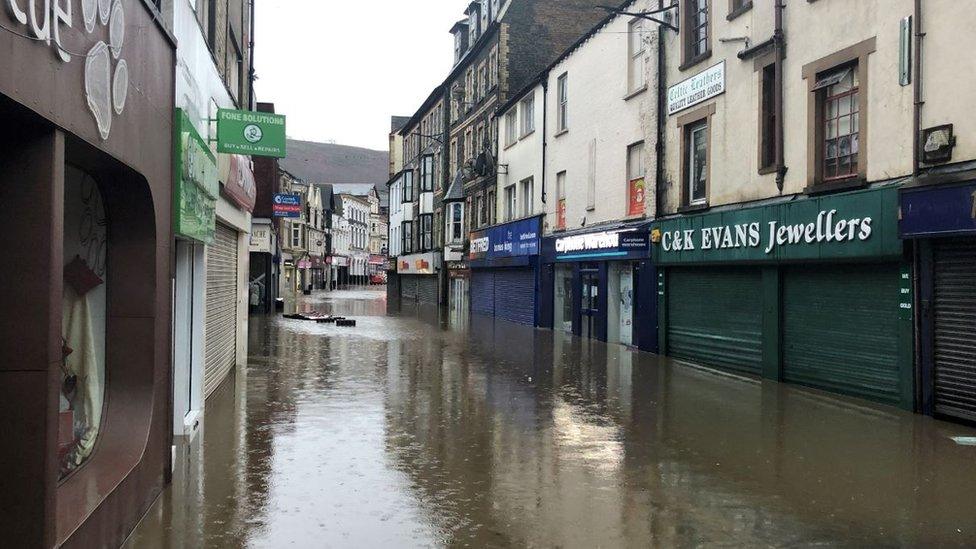
- Published9 February 2020
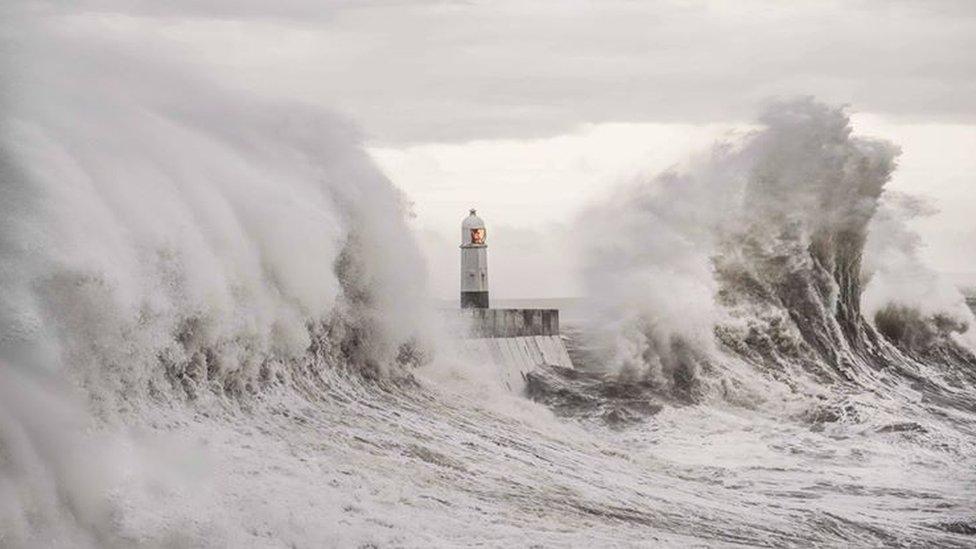
- Published6 December 2013
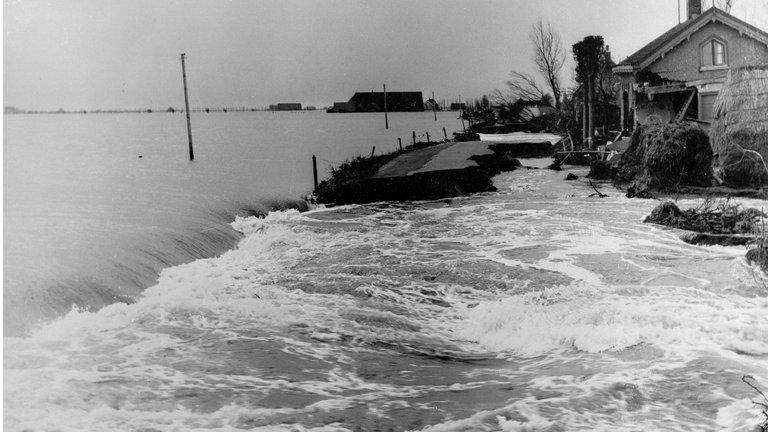
- Published17 October 2019
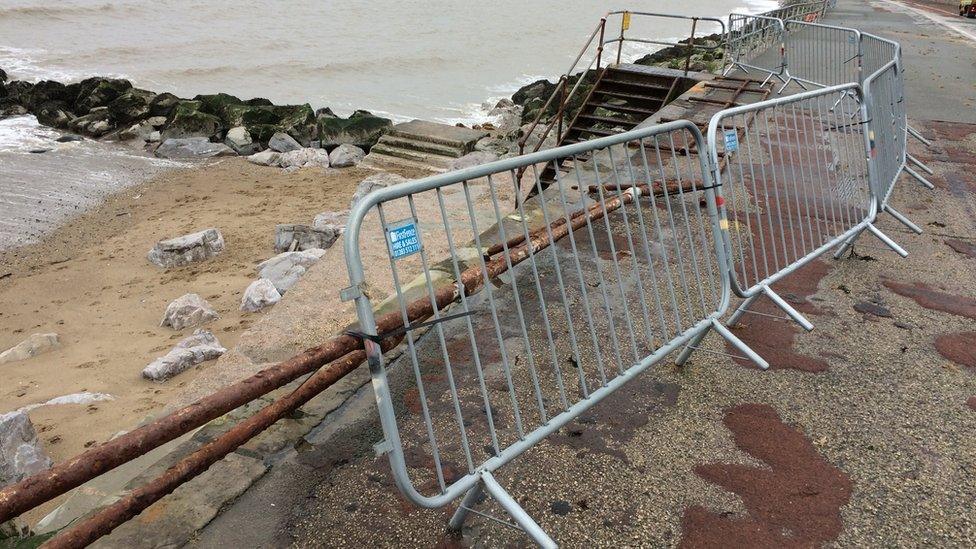
- Published30 December 2016
